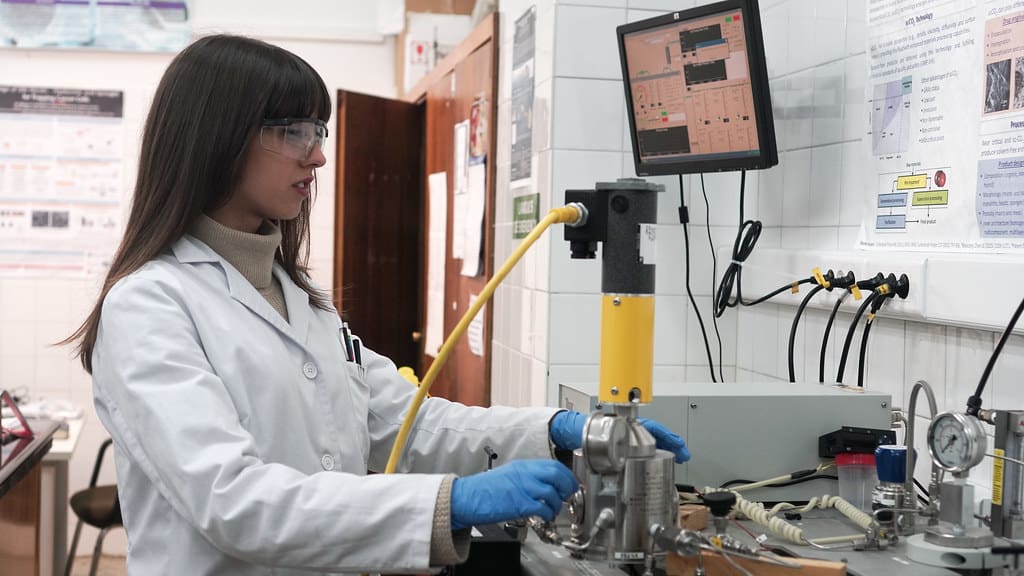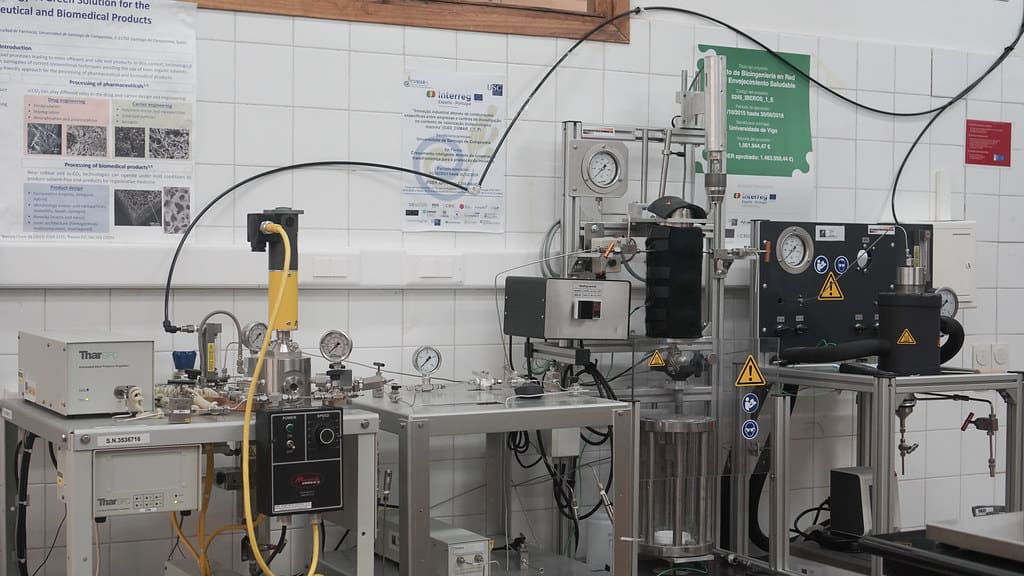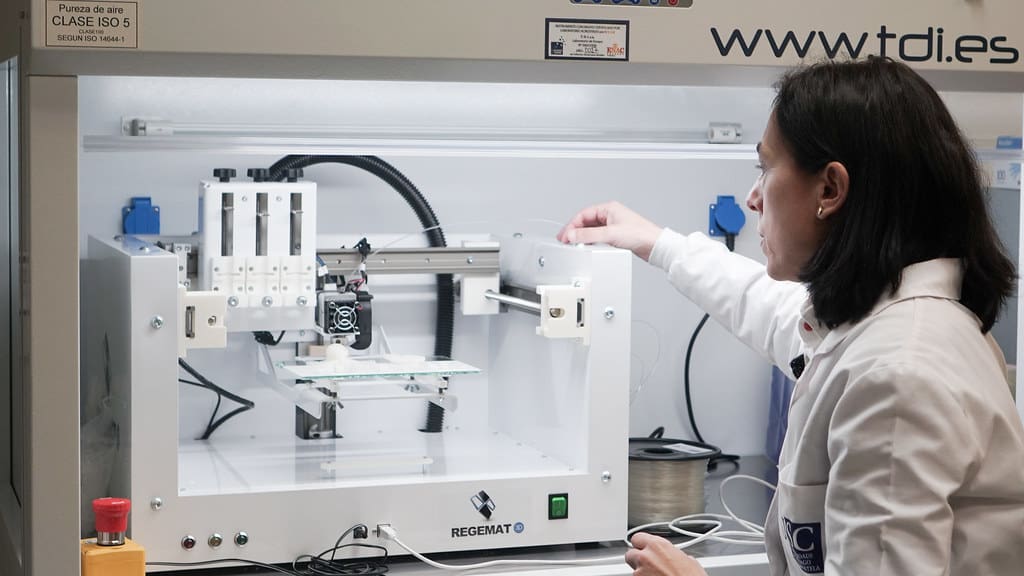Pharmaceutical engineering encompasses the discovery, formulation, manufacturing, and distribution of medications. Recently, 3D printing has emerged as a transformative technology within this field, offering novel methods to develop and produce pharmaceuticals that are personalized, efficient, and innovative. This integration of 3D printing into pharmaceutical practices allows for the precise fabrication of dosage forms with complex geometries, tailored release profiles, and combinations of multiple active pharmaceutical ingredients (APIs) within a single tablet, thereby enhancing therapeutic outcomes and patient compliance.
The Emergence of 3D Printing in Pharmaceutical Engineering
Initially utilized for prototyping in design and manufacturing industries, 3D printing has expanded into pharmaceutical engineering as a tool for creating more personalized medicine solutions. It enables the production of drugs that are customized to the specific needs of patients, such as varying dosages, combinations of medications, or formulations that release active ingredients at controlled rates. As 3D printing technologies have evolved, they have enabled the production of tablets that can deliver drugs more efficiently and respond to the unique absorption patterns of individual patients.

Advantages of 3D Printing in Pharmaceutical Engineering
Customization and Precision: 3D printing allows for the customization of drug dosages and release kinetics, which is particularly beneficial for populations with specific needs, such as pediatric, geriatric, or patients with complex chronic conditions.
Complex Dosage Forms: The technology enables the production of complex pill geometries and multi-drug combinations that can optimize therapeutic outcomes. These complex forms can modify the release of drugs to achieve desired chronopharmacological profiles.
Rapid Prototyping and Production: 3D printing facilitates the quick development and testing of new pharmaceutical formulations, significantly reducing the time and cost associated with traditional drug manufacturing and testing.
Reduced Waste and Increased Efficiency: By depositing materials only where needed, 3D printing minimizes waste compared to conventional pharmaceutical manufacturing processes, which often involve significant amounts of excess material.
Key Applications of 3D Printing in Pharmaceutical Engineering
Personalized Medicine: 3D printing is ideal for creating personalized medications with specific doses tailored to individual patients, enhancing therapeutic effectiveness and reducing side effects.
Multi-Drug Administration: Through 3D printing, multiple APIs can be incorporated into a single dosage form with distinct layers or sections, allowing for the treatment of complex conditions with a single pill while controlling the release profile of each drug.
Rapid Drug Development and Clinical Trials: 3D printing can produce small batches of drugs for clinical trials much faster than traditional methods, allowing pharmaceutical companies to test new drugs more efficiently and bring them to market quicker.
Orphan Drug Production: For rare diseases, 3D printing offers a viable economic solution to produce small batches of drugs that would not be profitable to manufacture under traditional processes.

Challenges in 3D Printing for Pharmaceutical Engineering
Regulatory Challenges: The highly regulated pharmaceutical industry poses significant challenges for the adoption of 3D printing. Each printed batch must meet stringent regulatory standards for quality, consistency, and compliance, which can be challenging given the variability inherent in 3D printing processes.
Material Compatibility: Not all pharmaceutical ingredients are amenable to 3D printing. Developing printable forms of active ingredients and excipients that maintain their stability and functionality during and after the printing process remains a technical hurdle.
Scalability: While 3D printing is beneficial for small-scale production and customization, scaling up to large-scale manufacturing typically required by the pharmaceutical industry can be problematic with current technology.
Intellectual Property Concerns: As drugs can be digitally designed and transmitted, there are potential issues surrounding intellectual property, particularly with the possibility of replicating patented drug designs.
Future Directions in 3D Printing for Pharmaceutical Engineering
The future of 3D printing in pharmaceutical engineering looks promising, with ongoing research aimed at overcoming existing barriers and enhancing technology applicability. Innovations in printer design, material science, and regulatory frameworks are expected to expand the role of 3D printing in pharmaceutical development and manufacturing.
3D printing is set to continue its revolutionary impact on pharmaceutical engineering, offering new ways to design, test, and manufacture medications that are as unique as the patients who need them. As the technology matures, it promises to enable more sophisticated, personalized, and efficient therapeutic solutions, fundamentally changing the landscape of pharmaceutical care and patient treatment.








